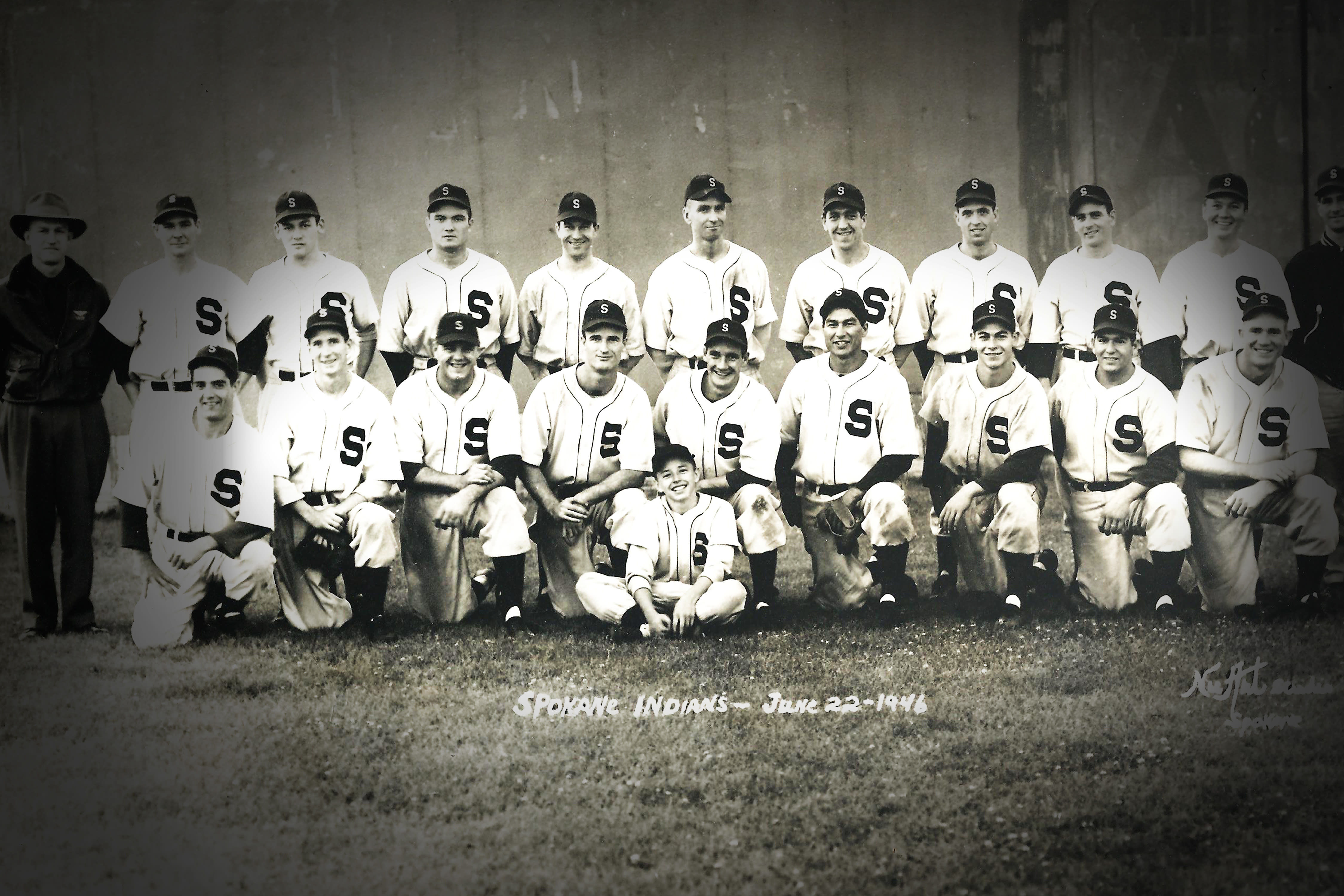Washington's Music Inventions, Sung and Unsung

Grunge
Whoever “invented” grunge, whether it was Mudhoney, Sub Pop Records, or the attendant media frenzy, its raw and unpolished rumble came to define the Seattle sound in the ears of the world and influence generations of rockers to come.
Whammy Bar
Floyd Rose, a jeweler and aspiring musician, designed a vibrato arm that, unlike earlier models, locked the guitar’s strings in place and prevented a six-string from losing its tune whilst musicians wailed on it.

Vinyl
Longtime Washingtonian Waldo Semon formulated the novel substance that became one of the world’s most widely used plastics. Plasticized polyvinyl chloride, unique at the time for its flexibility and non-adhesive quality, became the raw material for decades’ worth of album listening.
Electric Bass
Guitar Hero
The man instrumental to the modern bass never quite got his due.

Paul Tutmarc, center, plays a double-necked Hawaiian steel lap guitar while his wife Lorraine, left, plays the 736 electronic bass fiddle, an early predecessor to the modern electric bass guitar.
Image: Courtesy Greg Tutmarc
Beneath a bed in a Snohomish County mobile home lay a lost piece of sonic history. Slender-necked and with a body of glowing walnut wood, the Audiovox Model 736 Electronic Bass Fiddle stowed away by Dale and Bev McKnight was one of only four known to exist by the time they sold it on eBay for $23,850.09 in 2018. The sum reflects the instrument’s venerable position in the pantheon of music history: It was, by some measures, the first electric bass guitar.
The 736 is an oft-forgotten link in the genealogy of the modern bass. But the 2018 sale ignited new appreciation for the innovations of its creator, Seattleite Paul Tutmarc.
Mike Ball, of Mike and Mike’s Guitar Bar in Fremont, explains that its forebear, the double bass, was a fretless instrument up until the 1930s. Rather than thin strips of metal placed at intervals along the instrument’s neck—the frets—determining the pitch of a string, like with a guitar, it was up to the player to shape the note entirely through finger placement. Importantly, “when you’re adding frets to that board, you’re scaling down the size of that instrument so that it can be portable,” says Ball.
Which is what the 736 did. In a 2005 article for HistoryLink, music historian Peter Blecha points to its fretted neck and compact size as two of the three elements that, in concert, made it “the world’s first solid-body electric bass guitar.”
The last was equally, if not more, revelatory: In the early 1930s, while tinkering in his basement with friend Arthur Stimson, Tutmarc created an early prototype of the electric guitar pickup, the device that converts the vibrations of the strings into electrical signals. Attuned to “the importance of their discovery,” writes Blecha, Tutmarc tried to patent the design but was foiled by telephone companies’ existing licenses for similar technology.
Stimson moved to Los Angeles, and a few years later, the LA-based Dobro firm successfully filed a patent application for the pickup in conjunction with the overall guitar design: Stimson had sold the prototype to them for $600, and helped tuck Tutmarc away in the dusty shadows of obscurity.




